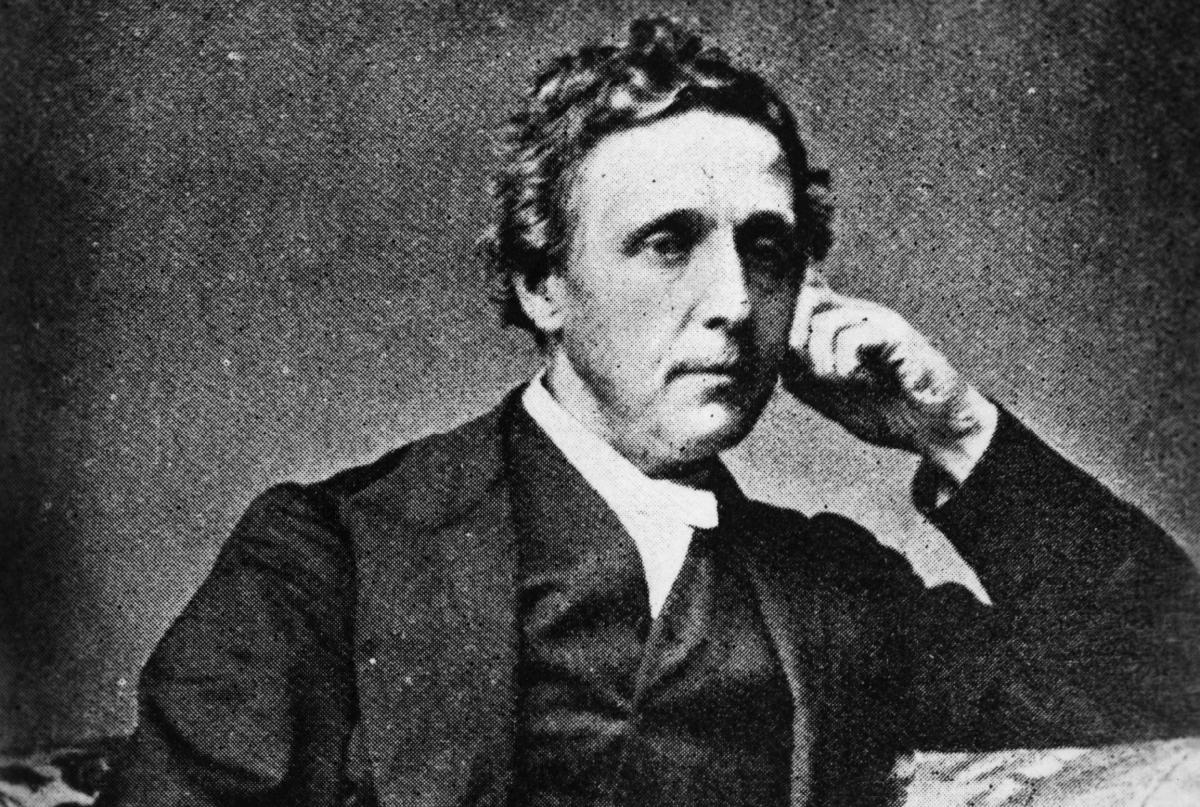Lewis Carroll's Alice In Wonderland (1865) is an entertaining children's book written at a time when amusement was far from the focus of children's literature. As other authors used their literature to drill morals and harsh realities into their small readers' heads, a style informed by the "doctrine of sin," Carroll aimed to emphasize an exploration of a child's imagination. He contrasted his writing with that of the more didactically-based writers, most notably Isaac Watts, and imparted his lessons in a fun and imaginative way. Lewis Carroll was, first and foremost, a groundbreaker. Alice In Wonderland marked the shift from didacticism towards entertainment in children's literature, a style that still holds sway today. Carroll showed the literary world that one can write for children without threatening or bullying. His use of satire--accompanied by John Tenniel's artful illustrations--and exploration of imagination have made Alice In Wonderland a classic that has stood the test of time.
Photograph of Charles Lutwidge Dodgson (1832-1898), circa 1870, photo by Hulton Archive/Getty Images.
Charles L Dodgson was a middle-class politically conservative mathematician born in Cheshire, England in 1832. He wrote the Alice books under the pseudonym of Lewis Carroll. Dodgson was brilliant in school, attending Rugby for three years and later moving on to attend Oxford. An early pioneer of photography, he was avid in his interest in the arts, writing, and poetry, which eventually led him to create one of the most famous pieces of literature of all time. This, of course, is the work that would later come to be known as Alice in Wonderland. Alice was based on Alice Liddell, a young girl with whom he was a family friend. Dodgson's work will go down in history for a work that marks the changing ideologies informing children's literature, shifting the focus from the doctrine of sin to innocence.
John Tenniel, "Alice Playing Croquet with a Flamingo," from Alice's Adventures in Wonderland (1865), by Lewis Carroll.
The second image, a representation of Alice playing croquet with a flamingo-mallet and a hedgehog-croquet ball, demonstrates the way that Carroll introduces silly ideas and fun concepts to downplay the seriousness of any given situation that Alice finds herself in. In this way, Carroll is able to impart lessons to his readers without having to balance the risk of making his writing "not child friendly." It is this silliness, this tendency towards the outlandish, that makes Alice In Wonderland so enduring. John Tenniel's style of illustration is perfect for children. His artistry is fun, colorful, and wacky, while still maintaining emotion on his character's faces and a sense of realism. The scene Carroll writes up is so funny because the flamingos and hedgehogs--who clearly do not appreciate being used as croquet instruments--keep wandering off in the middle of the game, causing chaos. Tenniel's illustration adds to the silliness by depicting one hedgehog curled up in a ball while the other is fleeing the scene. Meanwhile, the flamingo stares furiously into Alice's eyes, visually displeased with being utilized by a little girl as a mallet in a game!
John Tenniel, "Vintage color lithograph of Alice and the Mock Turtle, from Alice's Adventures in Wonderland (1865), by Lewis Carroll.
Carroll cemented his role as an entertainer not only by writing an engaging and creative story but also by using fun, lighthearted satire, making fun of the Victorians and their world. In this example, he is making fun of the practice of passing off inexpensive veal soup as costly turtle soup. The Victorians did this to save money. Tenniel advances the satire by making the "Mock Turtle" have characteristics of a cow and a turtle. The head, hindquarters, and tail are of a bovine while the shell and front flippers are of a turtle. This is an example of how Carroll used satire to mock the Victorians in a fun way.




